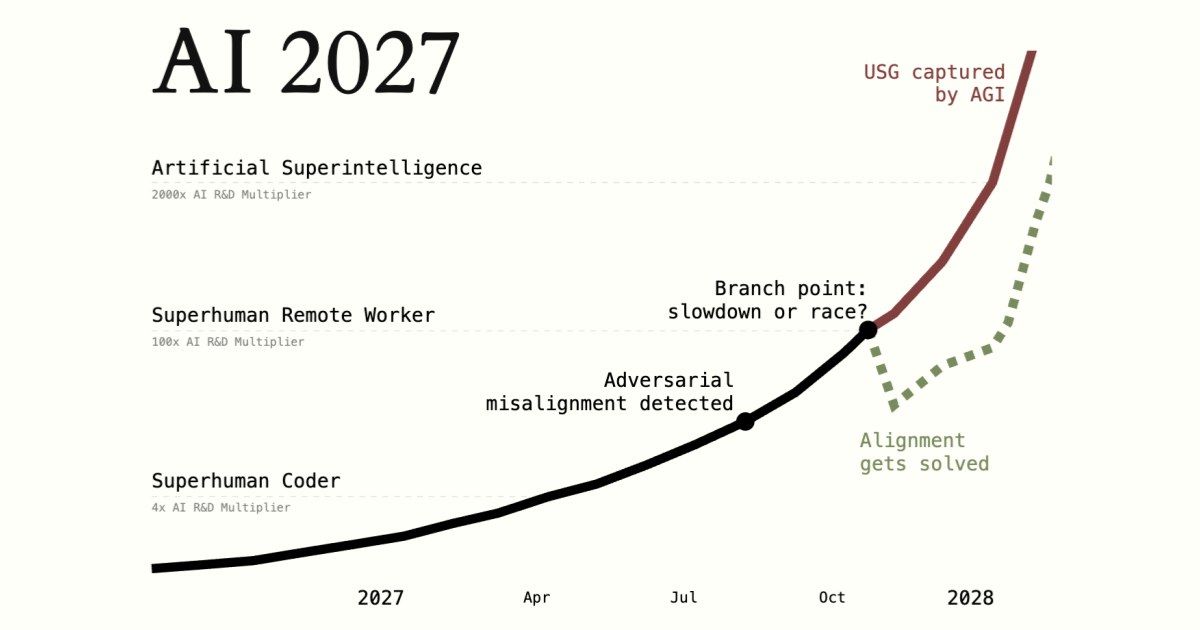just trying lemmy
- 18 Posts
- 101 Comments
 1·7 days ago
1·7 days agoHonestly I’m not sure what the definition says. But in case of the original axolotl/signal protocol the ‘ratchet’ construction in my understanding allows to recover from a key compromise given that the attacker is passive (read only). Let’s say you have to hand your phone to the police, they disappear with it for a moment and get a copy of all the keys you use for the axolotl protocol. As long as they don’t manage to manipulate network traffic but only intercept everything your chat session will ‘recover’ once a new (EC)DH agreement is completed with your chat partner. This might not happen immediately though in case your chat partner is offline.
This property (securing future messages) can only be achieved with asymmetric cryptography. Securing past messages can in principle be achieved with symmetric cryptography: You could imagine a ratchet mechanism where each chat partner computes a new key by transforming the old key with a entropy-preserving and hard-to-invert function (such as sha3) and then deleting the old key (and also best deleting old messages).
P.S. Just did some reading: https://signal.org/docs/specifications/doubleratchet/
Forward security: Output keys from the past appear random to an adversary who learns the KDF key at some point in time. Break-in recovery: Future output keys appear random to an adversary who learns the KDF key at some point in time, provided that future inputs have added sufficient entropy.So what I meant is not called forward secrecy but break-in recovery. Confusing terms.

 13·10 days ago
13·10 days agoAnd it costs innocent people their lives or makes it at least very miserable. Yeah, what to spend billions for…

 10·15 days ago
10·15 days agoUse uMatrix and see more sewage

 7·15 days ago
7·15 days agoLet’s poke the bubble.
 8·17 days ago
8·17 days agoIn m opinion this is a real risk. In case od Organic maps already started happening. The FOSS community should move away from github and consider alternatives like codeberg.org (germany) or self-hosted forgejo instances to mitigate the risk.

 4·23 days ago
4·23 days agoCan you speak of ‘erasing’ if this value was actually never there but just fantasy numbers?

 72·26 days ago
72·26 days agoDoes anybody care about people in Yemen? Such a fuzz about a stupid group chat while the big story could also be the airstrike and murder of people. What happened in Yemen?
Generally seems an okay idea to me because it allows you to use the rust tool-chain and you can more easily achieve compatibility with other rust code. In fact, there’s other languages which do something similar. I remember F* (f-star) which compiles to OCaml.

 3·29 days ago
3·29 days agoIn thie fesiverse graphic each person has exactly 1 connection to a fediverse thing. But in reality, there can be more. I guess in practice there are often more than one.

 5·29 days ago
5·29 days agoThat’s me most of the time. Does it mean I’m ADHD?

 5·29 days ago
5·29 days agoThere’s nothing stopping you from using GPL.
But there is a culture - I think even explicit - of using MIT or APACHE licensing. In some sense is okay, because it simplifies crate compatibility. But it comes at the cost of feeding the usual suspects who now obviously turn against humanity.
My unconfirmed suspicion is that there are forces behind (Google, Microsoft, Amazon, Meta) who like permissive licenses because this makes it easier for them to exploit the work of the public.
 2·1 month ago
2·1 month agoMaybe you could also consider to extend an existing good PQC protocol (for example https://signal.org/docs/specifications/pqxdh/) by adding a shared secret. The shared secret could flow into the key derivation functions which are used to derive the symmetric encryption keys. This way you would have quite strong guarantees (forward secrecy) as long as nobody can break the PQC algorithm and still some guarantee of confidentiality when somebody breaks asymmetric primitives. In the protocol you outlined now, there’s no forward secrecy. Meaning that once a key is compromised, all past and future messages can be decrypted.
 3·1 month ago
3·1 month agoInteresting :)
A few quick questions & comments:
-
I don’t quite understand “If all users accept the introduction, a list of contacts is sent for each contact pair. These contacts are not used for messaging to prevent more than two parties from having encryption keys.” (line 66) What exactly are the “contacts”? Is it the same data as defined on line 8? Where do the encryption keys come from? Do initiators of introduction reveal encryption keys of their existing contacts?
-
After an introduction there’s the problem that newly introduced people cannot setup secret keys in a very clean way. Because this secret keys can be computed if an attacker gets hold of the introducer, has recorded traffic and is in possession of a large enough quantum computer (which you assume in your threat model). You therefore would need some sort of ‘upgrade’ mechanism which would allow either two people to meet in person to ‘upgrade’ their secure channel. Or you could add a asymmetric key-agreement or key-exchange on top (probably post-quantum algorithm).
-
I don’t quite get the combination of “HTTPS”, “Tor”, “symmetric crypto because of quantum computers”. Why HTTPS if Tor already provides confidentiality? HTTPS implies certificates, no? What about them?
-
What about nonces for GCM? How do you prevent replay attacks?
-
If you want to truly understand your protocol and get confident about it, I recommend studying something like this: https://tamarin-prover.com/ This allows you to model your protocol more formally, state your security claims and check if the protocol satisfies this claims :)
-

 30·1 month ago
30·1 month agoGNU Taler seems to be a good thing to look into. Not a crypto currency but a payment system which preserves anonymity of the buyer.

 10·1 month ago
10·1 month agoAlways have some chewing gum ready. (I would advise for cyanoacrylate but that’s illegal in some places because you could use it to stick yourself to the road as a form of protest)

 533·1 month ago
533·1 month ago“Could lose”? We are long past this point. When you can chose between two parties and they try to manipulate the election as hard as they can, then that’s a zombie democracy at best. And now? The president stands above the law. He can fire people illegally. He can disable law enforcement. Democracy in the US is gone. Hopefully only temporarily. Now it’s up to people to act, take their rogue government down and repair what can be repaired.
Is tempting to check if it’s still down. But wom’t touch this ugly domain.
Happy to be inspiring :)
TL; DR you just made my day :*
For self-defense it’s actually okay.

















Maybe they should also ban lobbying by Google, Microsoft etc.